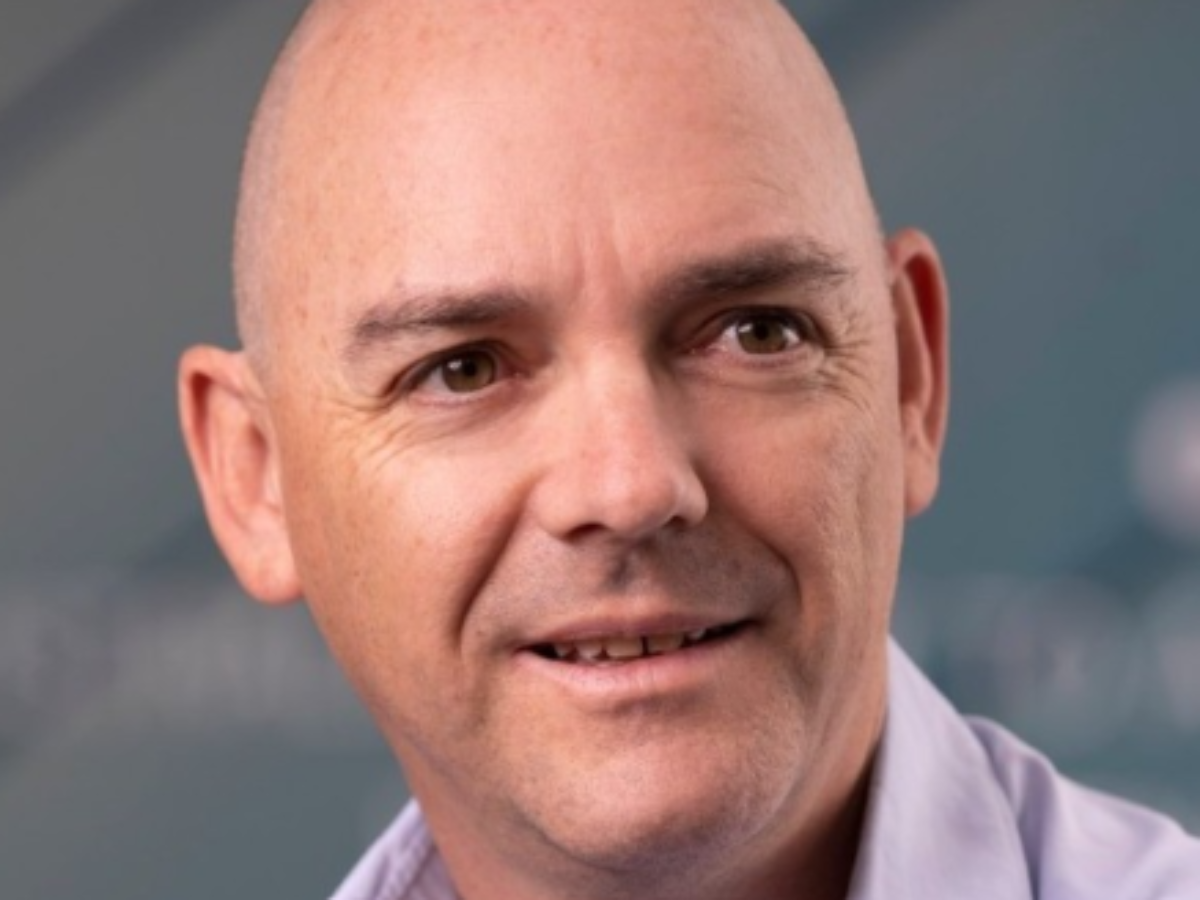ARENA and industry map paths to net zero

Australia’s emissions-intensive businesses along with the Australian Renewable Energy Agency (ARENA) have identified a possible pathway to decarbonise heavy industry, outlined in a series of new reports published today.
The Australian Industry Energy Transitions Initiative (Australian Industry ETI) has published the Pathways to Industrial Decarbonisation Phase 3 reports.
The reports identify decarbonisation pathways for five high emissions supply chains: iron and steel, aluminium, other metals, chemicals, and liquefied natural gas (LNG).
Together, these industries account for an estimated 25 per cent of Australia’s greenhouse gas emissions, while generating more than 17.3 per cent of Australia’s GDP and employing an estimated 414,000 people.
The Australian Industry ETI is convened by Climateworks Centre and Climate-KIC Australia, with the support of the Energy Transitions Commission (ETC).
Companies involved are Australian Gas Infrastructure Group, APA Group, Aurecon, AustralianSuper, BHP, BlueScope Steel, bp Australia, Cbus, the Clean Energy Finance Corporation, Fortescue Metals Group, HSBC, Orica, National Australia Bank, Rio Tinto, Schneider Electric, Wesfarmers Chemicals, Energy & Fertilisers, Westpac and Woodside Energy, supported by Aigroup and AIGN.
The main report found that existing and emerging technologies have the potential to reduce emissions from these supply chains in line with a 1.5 degree warming scenario if strong, effective, and coordinated action across all sectors of Australia’s economy is achieved.
This is supported by the companion technical and jobs reports, which supplement the main report with in-depth modelling and analysis.
Consistent with ARENA’s strategic focus, the reports found that renewable hydrogen will be a significant emissions reduction tool across heavy industry, as well as electrification, energy efficiency and biofuels.
Mechanical vapour recompression will also play a key role in reducing emissions from the aluminium supply chain.
ARENA CEO Darren Miller (pictured) said: “We know we face a significant challenge in reducing emissions from heavy industrial processes, and through this collaboration and vital work, the Australian Industry ETI is showing what is needed to address this imperative and work towards the common goal of zero net emissions.
“Close industry collaboration is essential in these hard-to-abate sectors and the Australian Industry ETI provides a blueprint for how this can be done. It’s a testament to what can happen when business, finance, government and the not-for-profit sector come together to tackle this critical problem.”
In addition to reducing industrial emissions, the reports found that key decarbonisation technologies – such as large-scale hydrogen production and load balancing – could potentially lead to lower electricity system costs.
This transition will need to be underpinned by a significant step change in renewable generation and storage entering the grid. This includes a doubling Australia’s current electricity generation, delivered by 80 GW of wind 90 GW of large scale solar.
ARENA has supported the Australian Industry ETI since its inception, providing $300,000 for its establishment and a further $2 million towards delivery of Phases 2 and 3.
Picture: ARENA/Darren Miller
@aumanufacturing Sections
Analysis and Commentary Awards Defence Manufacturing News Podcast Technology Videos






